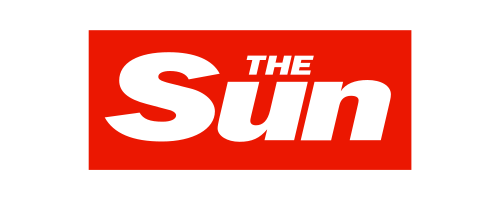Skip to the good bit
ToggleCustom clothing tags play a crucial role in enhancing the identity of any clothing brand. These tags carry essential product details like size and care instructions and reflect the brand’s image.
When designed thoughtfully, custom clothing tags improve the customer experience, making the garment feel more personalized and unique. They provide a way for brands to differentiate themselves in a competitive market while fostering brand loyalty.
This article will explore different types of custom clothing tags, their materials, design elements, and placement options to help brands elevate their garments.
Understanding the Types of Custom Clothing Tags
Clothing tags are essential for branding and garment information. Custom clothing tags enhance a brand’s identity while providing necessary details like size and care instructions.
- Woven Tags
Woven tags are made from threads, offering a durable and high-quality finish. They are perfect for luxury garments as they withstand wear and tear. - Hang Tags
Hang tags are attached externally to the garment, providing information about the product and brand. To catch attention, they can be customized with unique shapes and designs. - Care Labels
Care labels are sewn inside the clothing, giving washing and care instructions. These tags are mandatory for ensuring proper garment care. - Labels for Handmade Items
These tags highlight the craftsmanship and uniqueness of handmade products. They often include the maker’s name and the product’s origin. - Custom Patches
Custom patches are decorative and functional. They can be sewn onto garments for branding or personalization, adding extra style.
Choosing the Right Material for Your Custom Tags
Polyester and Satin
If you want your brand to have a luxurious touch, satin and polyester tags are ideal. These materials offer a soft, smooth texture and professional finish. Satin tags are often used in high-end garments, giving your products a premium look.
Paper and Cardboard
Paper and cardboard are versatile and eco-friendly choices for hang tags. They can be customized with unique shapes and designs and are recyclable, making them a great option for brands aiming to reduce their environmental impact.
Design Elements for Unique Custom Clothing Tags
Brand Logo and Colors
A clear and well-placed logo on your custom tags enhances brand recognition. Use colors that reflect your brand identity. Consistent use of brand colors helps create a strong connection with your customers.
Typography
The font you choose should complement your brand’s style. Bold and modern fonts are ideal for contemporary brands, while elegant or script fonts can add a unique touch to vintage or luxury brands.
Graphics and Icons
Minor design elements like icons or graphics can make your custom tags stand out. They add visual appeal and help convey your brand message. Keep them simple and relevant to your clothing line for maximum impact.
Customization Options for Unique Tags
Embossing and Debossing
Embossing and debossing add a layer of sophistication to custom tags. These techniques create raised or recessed text, offering a tactile experience for customers. Not only do they make your tags more interesting, but they also give a premium feel that enhances the perception of your brand.
QR Codes and Barcodes
QR codes and barcodes on custom tags provide functional benefits. These features allow brands to track inventory and engage customers by linking to online content or promotions. They help bridge the gap between physical products and digital experiences, boosting customer interaction.
Die-cut Shapes
Die-cutting allows custom clothing tags to be created in unique, eye-catching shapes. Unlike standard rectangular tags, die-cut shapes reflect your brand’s personality and make your product stand out on the retail shelf.
Where to Place Custom Clothing Tags
Inside the Garment
The most common practice is to place tags inside the garment. These tags often include size, material, and care instructions. This placement ensures the information is accessible without distracting from the garment’s design.
External Placement
External tags are more visible and can be part of the overall design. This can work well for brands that want to use their tags as an additional branding element, adding a fashionable touch.
Hang Tags
Hang tags are typically attached to the outside of clothing. They are perfect for showcasing branding or unique product details. Their placement maximizes visibility, especially at retail stores.
Working with Professional Designers and Suppliers
Collaborating with experienced tag designers is crucial for quality and uniqueness. Super Label Store excels in offering a wide range of customizable options.
Whether you need personalized clothing labels or custom sewing labels, their platform ensures your design vision comes to life. With Super Label Store, you can easily order high-quality woven and iron-on labels online.
Tips on Finding Reliable Suppliers
- Check Reviews: Look for positive feedback from other customers.
- Compare Samples: Request samples to assess label quality.
- Verify Capabilities: Ensure they can handle your design specifications.
- Consider Lead Times: Confirm their turnaround times meet your needs.
- Evaluate Customer Support: Reliable suppliers should offer good customer service.
Conclusion
Well-designed custom clothing tags are essential for elevating your clothing brand. They not only provide necessary information but also enhance your brand’s identity.
Creative tag designs, such as unique shapes and textures, set your brand apart in a crowded market. Your tags become a powerful branding tool by incorporating elements like embossing, QR codes, and custom shapes.
Encouraging creativity in tag design helps ensure your clothing stands out and connects with customers. Investing in custom clothing tags is a strategic move that can significantly boost your brand’s visibility and appeal.







